Table of content
In the realm of gourmet culinary delights, fresh morel mushrooms, particularly those of the sheep variety (Morchella esculenta), stand out as a prized ingredient. Their unique, honeycomb-like appearance and earthy, umami-rich flavor make them a staple in high-end restaurants and a cherished find for home chefs alike. However, the enjoyment of these exquisite fungi comes with a caveat: understanding and managing their shelf life is crucial to preserving their freshness and flavor. This article delves into the intricacies of how long fresh sheep morel mushrooms can be expected to last, the factors influencing their durability, and tips for proper storage to maximize their shelf life.
The Shelf Life of Fresh Morel Mushrooms
Fresh sheep morel mushrooms, once harvested, have a relatively short shelf life compared to other types of mushrooms. Generally speaking, their peak freshness can be maintained for approximately 5 to 7 days under optimal storage conditions. This window varies depending on several factors, including the quality of the harvest, handling practices post-harvest, and storage conditions.
Factors Influencing Shelf Life
-
Harvest Quality: Mushrooms that are picked at the optimal stage of maturity, with firm caps and intact stems, tend to have a longer shelf life. Overripe or damaged morels will deteriorate faster.
-
Post-Harvest Handling: Prompt cooling and careful handling are vital. Morels should be refrigerated as soon as possible after harvest to slow down enzymatic activity and microbial growth. Any delays or improper handling, such as rough packing or exposure to warm temperatures, can accelerate spoilage.
-
Storage Conditions: Temperature and humidity play pivotal roles. Fresh morels should be stored in a refrigerator set to a temperature between 32°F to 39°F (0°C to 4°C) with high relative humidity to maintain their moisture content and texture.
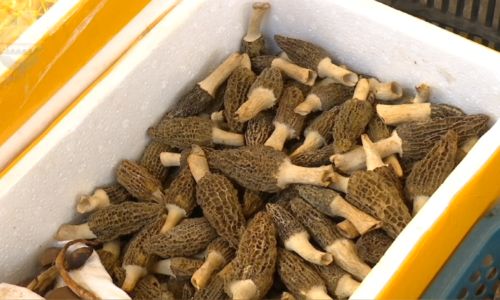
-
Packaging: Proper packaging can extend shelf life. Using paper bags or perforated plastic containers allows for adequate air circulation while keeping the mushrooms from drying out or becoming too damp. Avoid sealing them in airtight containers, which can promote condensation and mold growth.
Signs of Spoilage
Identifying the signs of spoilage in fresh morel mushrooms is essential to avoid consuming them past their prime. Here are some indicators to look out for:
-
Discoloration: Fresh morels have a distinctive color ranging from tan to dark brown. If they start to develop dark spots, sliminess, or a grayish hue, it’s a sign that they are spoiling.
-
Texture Changes: Firm, plump mushrooms should maintain their structure. If they become soft, mushy, or develop a slimy texture, it’s an indication that they are no longer fresh.
-
Odor: Fresh morels have a subtle, earthy aroma. If they develop a strong, unpleasant odor, it’s a clear sign that they have gone bad.
Maximizing Shelf Life: Storage Tips
To ensure your fresh sheep morel mushrooms retain their optimal quality for as long as possible, follow these storage tips:
-
Immediate Refrigeration: As soon as you obtain fresh morels, refrigerate them. If you’re harvesting them yourself, pack them in a cooler with ice packs and transport them to your refrigerator as quickly as possible.
-
Proper Packaging: Use paper bags or perforated plastic containers lined with paper towels to absorb excess moisture. Avoid stacking the mushrooms too tightly, as this can bruise them and promote spoilage.
-
Humidity Control: If your refrigerator has a humidity control feature, set it to high to maintain the mushrooms’ moisture content. If not, wrapping them loosely in damp paper towels can help.
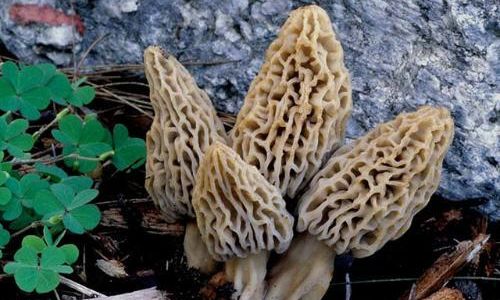
-
Avoid Contamination: Keep fresh morels away from ethylene-producing fruits and vegetables like apples, bananas, and tomatoes, as ethylene can accelerate spoilage.
-
Monitoring: Regularly check on your stored morels for signs of spoilage. If you notice any changes in color, texture, or odor, consume them immediately or discard them.
Preservation Techniques Beyond Refrigeration
For those who wish to extend the enjoyment of fresh sheep morel mushrooms beyond their natural shelf life, several preservation techniques can be employed:
-
Drying: Drying morels is a traditional method that preserves their flavor and texture for months. Use a food dehydrator or an oven set to a very low temperature, and ensure they are thoroughly dried to prevent mold growth.
-
Freezing: Freezing fresh morels is another effective way to extend their life. Blanch them in boiling water for a few minutes before freezing to help retain their texture. Store them in airtight containers or freezer bags, removing as much air as possible.
-
Pickling or Canning: Preserving morels in vinegar or canning them with a brine solution can add a tangy, preserved element to your pantry. This method requires careful attention to food safety practices to avoid botulism.
-
Oil Preservation: Some chefs prefer to store morels in olive oil, but this method should be approached with caution due to potential botulism risks unless done under controlled, acidic conditions.
Conclusion
Fresh sheep morel mushrooms are a culinary treasure that, with proper care, can be enjoyed in their prime for several days after harvest. Understanding their shelf life and the factors that influence it, along with implementing effective storage and preservation techniques, allows you to maximize their use and flavor. Whether you’re a professional chef or an enthusiastic home cook, respecting the delicate nature of these mushrooms will ensure that every bite is as delightful as the last. So, the next time you procure a batch of fresh morels, remember: prompt refrigeration, proper packaging, and regular monitoring are key to preserving their exquisite taste and texture. Happy cooking!
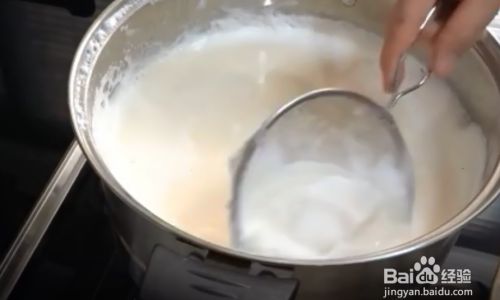
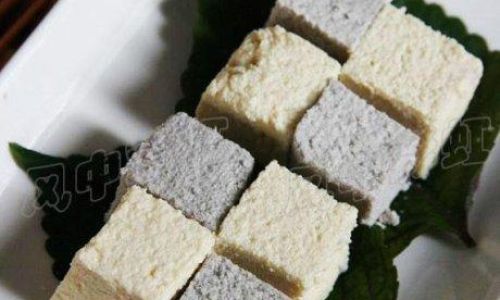
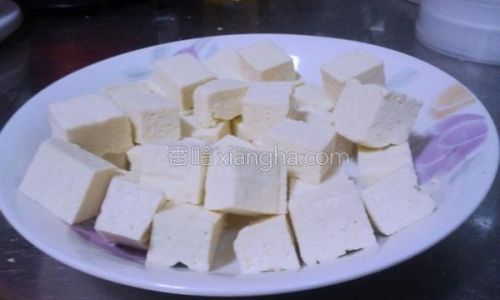


0 comments